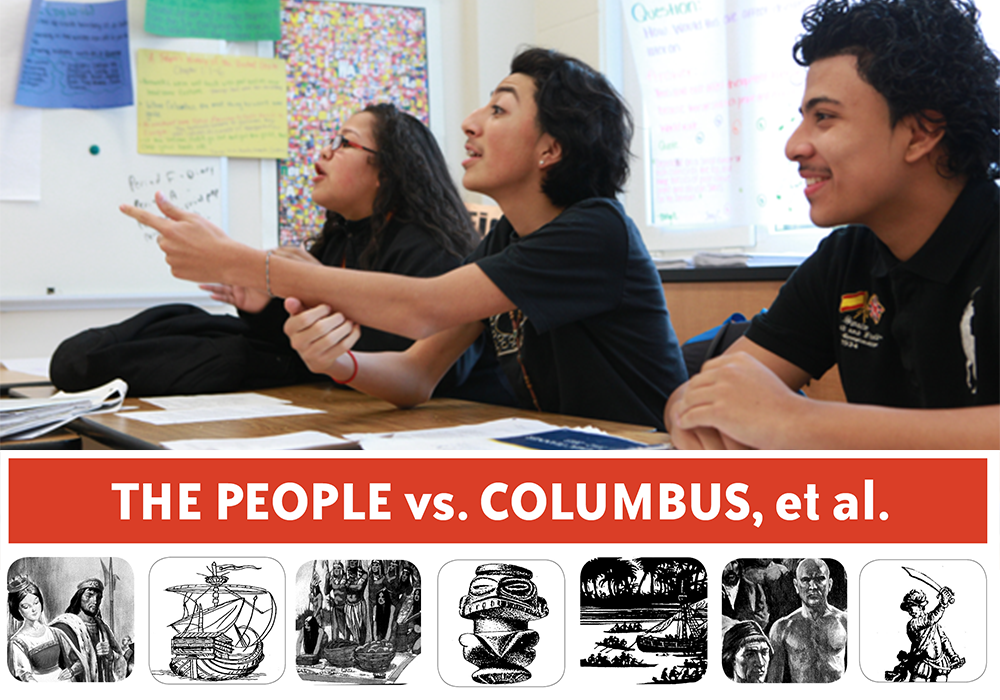Every year when I discuss the European Age of Exploration with my students, I spend time using the materials included in Bill Bigelow’s excellent The People vs. Columbus, et al. lesson. However, instead of making it a trial that students participate in directly, I have it set up as a murder mystery: who is responsible for the deaths of all of these people? Though the format that I use is different than what Mr. Bigelow recommends, students still find the lesson engaging — the idea that they not only get to be critical of historical decision-makers, but also get to have agency over which one is the worst gets them involved with the topic.
Within this murder mystery, students act as a detective, gathering evidence from Mr. Bigelow’s summaries and from other sources I have gathered. In the end, they need to write up a police report and prepare information to present to a grand jury. Students share their findings and then they debate who they believe is most guilty of the deaths of the Taíno people.







Twitter
Google plus
LinkedIn